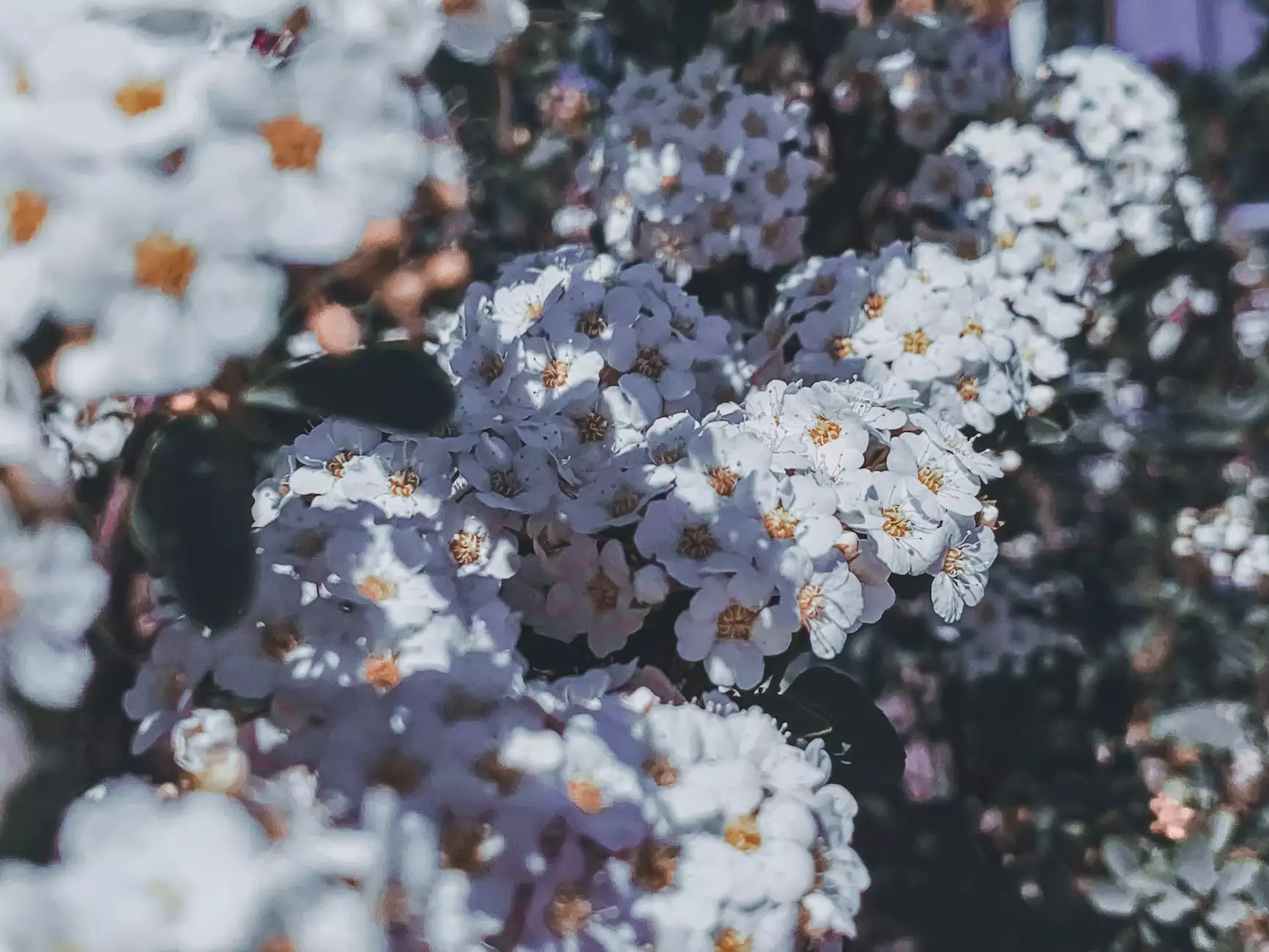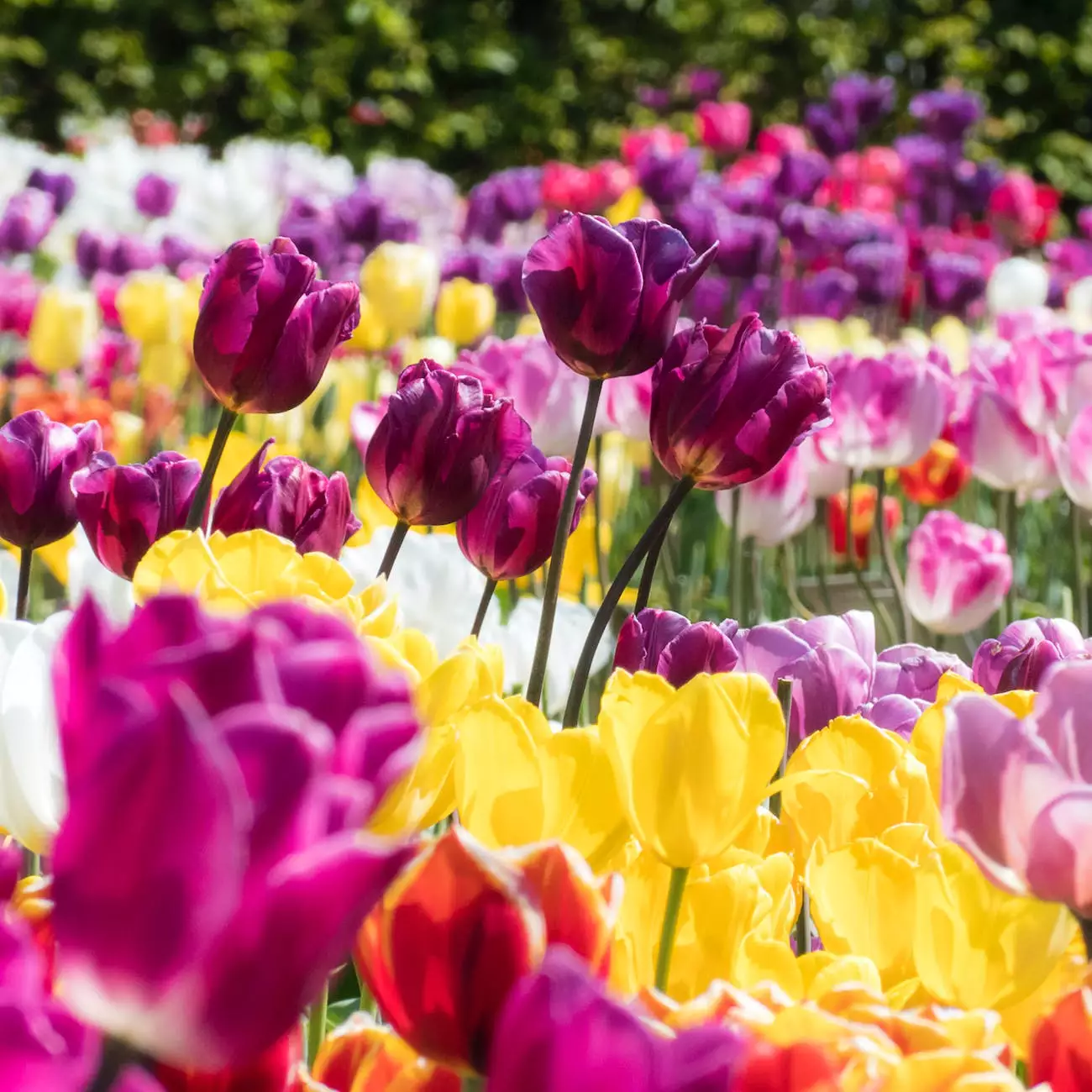How to Keep Hydrangeas Blooming All Summer

Introduction
Welcome to Cutting Hedge Services, your go-to resource for all things related to gardening and plant care. In this article, we will share valuable tips and techniques on how to keep hydrangeas blooming all summer long. Hydrangeas are beautiful flowering plants that add a touch of elegance and color to any garden. By following our expert advice, you can ensure that your hydrangeas thrive and produce stunning blooms throughout the entire summer season.
Understanding Hydrangeas
Before diving into the specifics of maintaining blooming hydrangeas, let's first understand a bit about these fascinating plants. Hydrangeas are known for their large, showy clusters of flowers that come in various colors, including blue, pink, purple, and white. They are deciduous shrubs that prefer partial shade and well-draining soil.
Choosing the Right Hydrangea Variety
When it comes to keeping hydrangeas blooming all summer, selecting the right variety is crucial. There are several hydrangea species available, each with its unique requirements. Some popular varieties include:
- Bigleaf Hydrangeas (Hydrangea macrophylla): These hydrangeas produce vibrant globes of flowers and require acidic soil.
- Panicle Hydrangeas (Hydrangea paniculata): Known for their cone-shaped flower clusters, panicle hydrangeas are more tolerant of full sun.
- Oakleaf Hydrangeas (Hydrangea quercifolia): These hydrangeas have distinctive oak-shaped leaves and prefer more shade than other varieties.
- Smooth Hydrangeas (Hydrangea arborescens): Ideal for beginners, smooth hydrangeas are hardy and can withstand various soil conditions.
Proper Hydrangea Care
Now that you have chosen the right variety, let's delve into the essential care practices for keeping your hydrangeas blooming all summer:
1. Watering
Hydrangeas require consistent and adequate moisture to thrive. Make sure to water them deeply and regularly, especially during dry spells. However, be cautious not to overwater, as this can lead to root rot. A good rule of thumb is to keep the soil consistently moist but not waterlogged.
2. Fertilization
Feed your hydrangeas with a balanced fertilizer in early spring, just as new growth begins. Opt for a slow-release fertilizer to provide a steady supply of nutrients throughout the season. Avoid over-fertilizing, as it can result in excessive leaf growth at the expense of blooms.
3. Pruning
To encourage blooming, it's essential to prune your hydrangeas at the right time. The timing depends on the specific variety you have. Generally, hydrangeas can be pruned in late winter or early spring before new growth appears. Remove dead or damaged wood, as well as any old, woody stems that may hinder blooming.
4. Soil pH
The pH level of the soil directly affects the color of your hydrangea blooms. Acidic soil (pH below 7) produces blue flowers, while alkaline soil (pH above 7) results in pink flowers. Adjusting the soil pH can be done using specific amendments. Perform a soil test to determine the current pH and adjust accordingly.
5. Pest and Disease Control
Keep an eye out for common pests such as aphids, spider mites, and snails, which can damage hydrangea plants. Regularly inspect the leaves and stems for any signs of infestation or disease. Utilize organic pest control methods or consult a professional if needed.
Expert Tips and Tricks
For those eager to go the extra mile in ensuring their hydrangeas bloom beautifully all summer, here are a few additional techniques you can implement:
Sun and Shade Balance
Hydrangeas prefer partial shade, but that doesn't mean they can't handle some direct sunlight. Finding the right balance of sun and shade is essential for optimal blooming. Too much shade may result in fewer blooms, while excessive sun exposure can lead to wilting. Observe your plants throughout the day, and make any necessary adjustments.
Mulching
Applying a 2-3 inch layer of organic mulch around the base of your hydrangeas can be highly beneficial. Mulching helps regulate soil temperature, reduces water evaporation, suppresses weed growth, and adds organic matter to the soil as it breaks down. Choose a mulch variety that complements your garden aesthetic.
Winter Protection
In regions with harsh winters, some hydrangeas might require extra protection to survive and bloom the following summer. Consider covering the base of the plants with a thick layer of mulch or straw in late fall to insulate the roots against freezing temperatures.
Conclusion
By following the guidelines outlined in this article, you are well on your way to creating a summer garden filled with flourishing hydrangeas. Remember to choose the right variety, provide adequate care, employ additional tips and tricks, and always stay attentive to the specific needs of your plants. With Cutting Hedge Services as your resource, you can enjoy stunning hydrangea blooms all summer long. Happy gardening!




